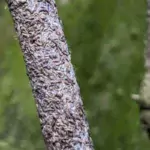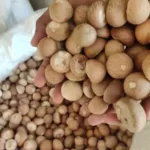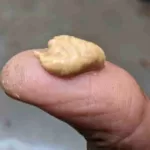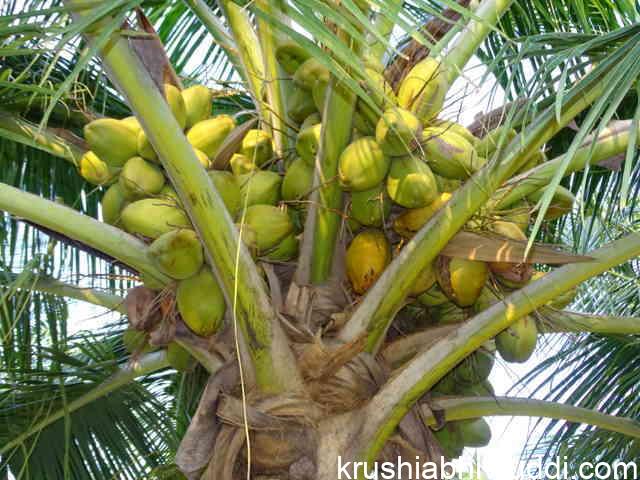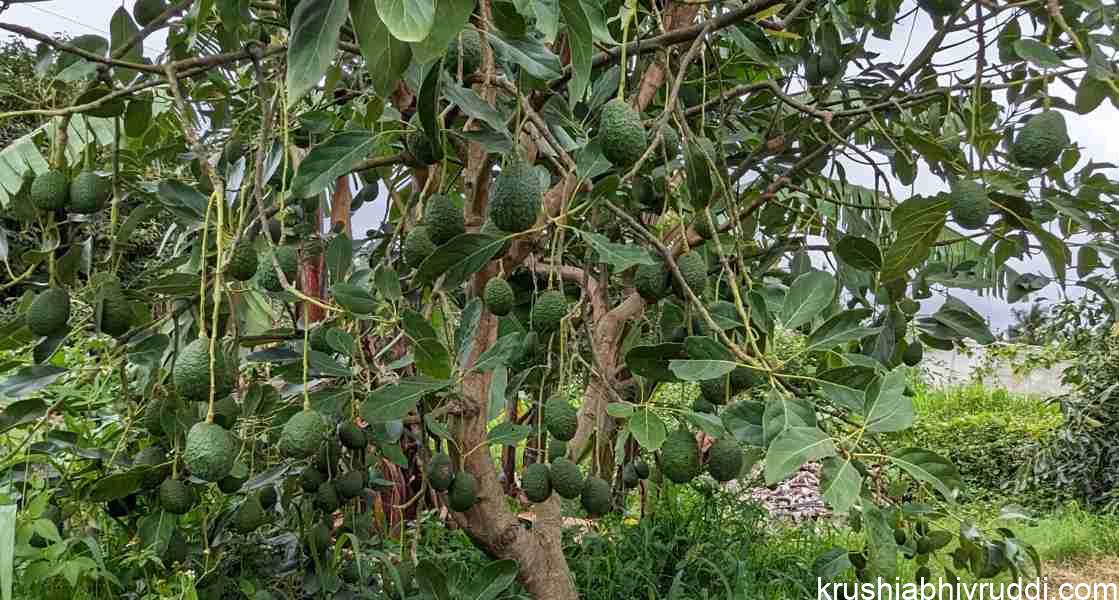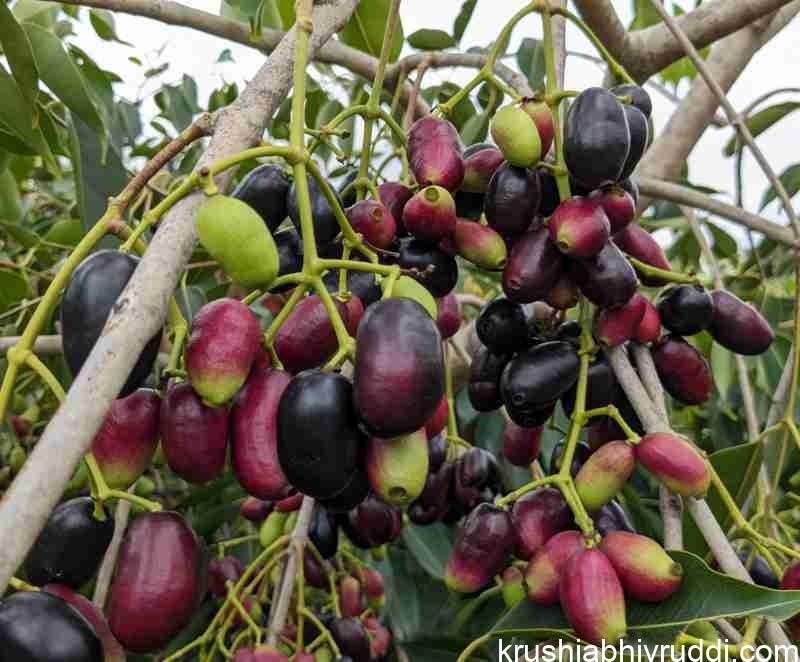COCONUT IS PERENIAL LONG LIFE CROP, SO WE HAVE TO TAKE MUCH CARE IN SELECTING GOOD YIELDING QUALITY SEED NUTS.
Good genetic quality is the main factor in selecting any seeds. The quality of the planting material is very important in the success of coconut farming. While selecting the good planting material one should see the availability of planting material which gives maximum yield, and disease resistant. Selection of good quality planting material is a big challenge. Quality of the seed is mainly depending on the mother plant character.
- In coconut growing countries like Philippines and some other countries the average nut yielding per plant is higher than our country.
- To become profitable coconut farming we have to increase our average yield in double quantity.
- Quality seeds will helps to increase the yield.
- In our country we are not following the systematic steps of seed nut selection, so we are getting very poor yield comparatively other growing countries.
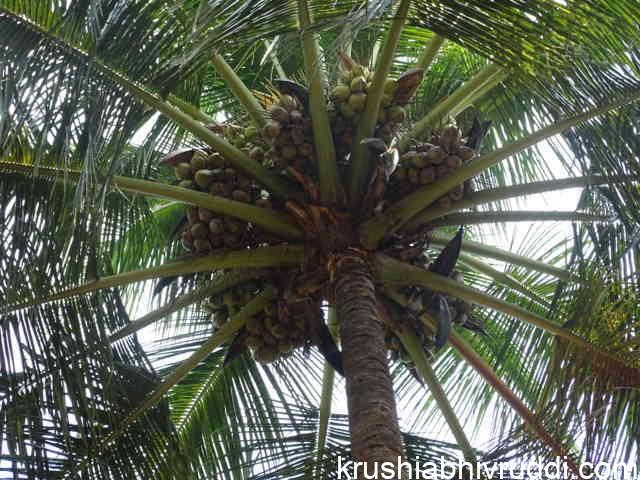
Selection of seed garden:
- While selecting the seed garden , few points should be remember, trees growing there should be free from any disease and pests.
- Yielding capacity should be high with consistency.
- Trees growing there should be able to withstand changes in abiotic factors and any stressful conditions.
Mother palm selection:
- In coconut, selection of mother palm is the main factor in superior quality planting material production in coconut.
- Good quality mother palm with high yielding capacity, disease free and all kinds of stress tolerance.
- Mother palm should possess following characters:
- The age of mother palm should be between 15 – 45 years.
- Length of the petiole should be short and strong so that it can give support to the bunches.
- Stalk of the bunches should be short and strong . If it is long , then there is a chance of drooping down.
- Mother palm should have a capacity to yield more than 100 nuts per annum continuously from last five years.
- Tree should be regular in high yielding capacity.
- Coconut palm will emerge inflorescence every month intervals.
- A plant can give monthly once harvest is the best palm for seed selection.
- Medium sized nuts with almost round in shape. Dehusked nuts should weigh more than 600 grams and copra weight above 150 gram.
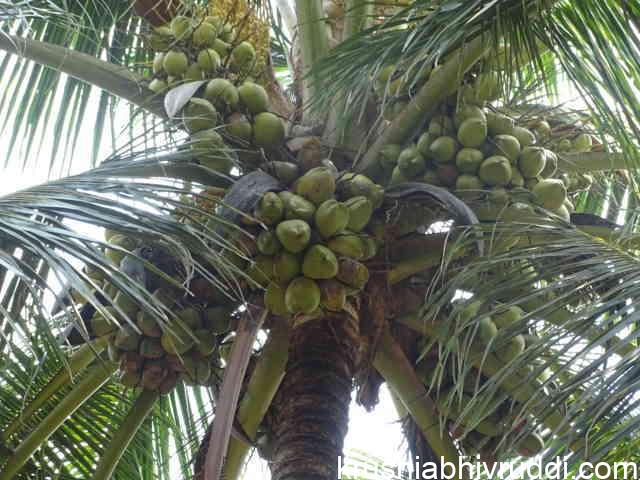
Avoiding characters:
- Palm producing small sized, barren nuts
- Yielding capacity is not constant
- Shedding of immature nuts in large numbers
- Long thin pendulous inflorescence stalks.
Maturity of seed nuts:
- In tall coconut varieties, 11 -12 months are required to attain the maturity.
- In dwarf variety, nuts will mature in 10- 11 months after the emergence of the inflorescence.
- One or two nuts starts becoming dry in the oldest bunch.
- It indicates that, nuts in that bunch become matured and ready for harvest.
- Mature nuts produce some ringing sound when tapped by finger.
- Seed nuts should be in medium size and round or oval in shape.
Collection of quality seed nuts.
- Rainy season is good for collection of seed nuts.
- Collect the nuts undergone development during rainy season.
- It also vary from region to region.
- For example in west coast best time for seed collection is from January to May because during these months in this region harvested coconuts are usually bigger in size with high copra content .
- Also maximum germination is possible in collected seed nuts during this season here.
- Such seed nuts can be planted in nursery during the last week of may or first week of June.
- In east coast seed nuts can be sown in October to November.
- while collecting the seed nuts selection few points to be remembered.
- Seed nuts should be fully mature.
- While tapping clear metallic sound should come from mature nuts.
- Fully matured nuts having dry husk with brown coloured inner fiber .
- The shape and size should be proper damaged nuts should not be used for seedling .
- After months of storage seed nuts can be sown. For this season of harvest have to be adjusted according to the local condition.
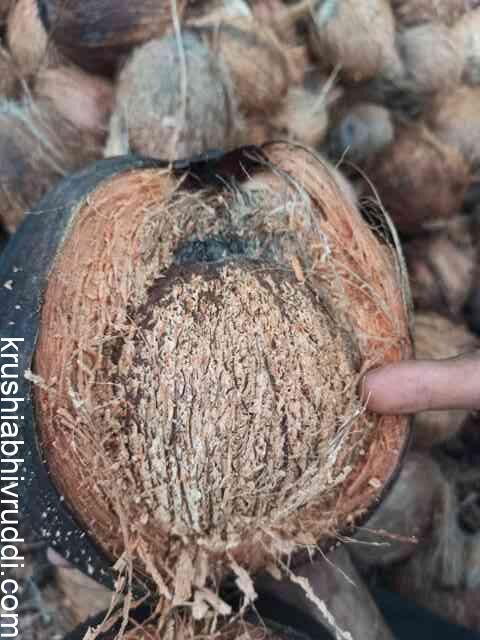
Seed nut harvesting:
- Embryo of the seed nuts should not be damaged.
- If embryo get damaged we won’t expect good planting material.
- To avoid getting damage, nuts should be harvested with the help of ropes.
- If mother plant is dwarf and soil is loose with much organic matter, then we can harvest by cutting the bunches and allowing to fall on the ground.
Storage of seed nuts:
- Soon after the harvest, seed nuts should not be planted in the nursery.
- Seed nuts are stored in shaded area for about a month.
- The husk become dry during the storage time.
- It helps to germinate in a faster rate.
- To get a best quality seedlings, collected seed nuts should be kept in open place, up to twenty days followed by sand curing for two months.
- This is applicable for tall and hybrid variety.
- In general seed nuts of tall variety are stored up to two months after harvest and dwarfs are sown within 15 days.
- Seed nuts should be arranged with stalk end up over an 8 cm layer of sand in a shed and cover with sand so that drying of water inside the nut can be prevented.
- If nuts are harvested during hot summer season , we can store them in heap method under partial shade.
- If nut water is dried , such nuts should not be used for seedling purpose.
- We can prevent the drying of nut water by sprinkling of water during storage.
- Do not dip in water more than a week, because its embryo will be damaged.
In rainy season husk drying is late. In some traditional practices farmers keep seed nuts in pond water up to 10 days before sowing in bed. It is also good method. When we select the nuts we have to note down that thin husked nuts germinate early, and thick husked nuts germinate late.

